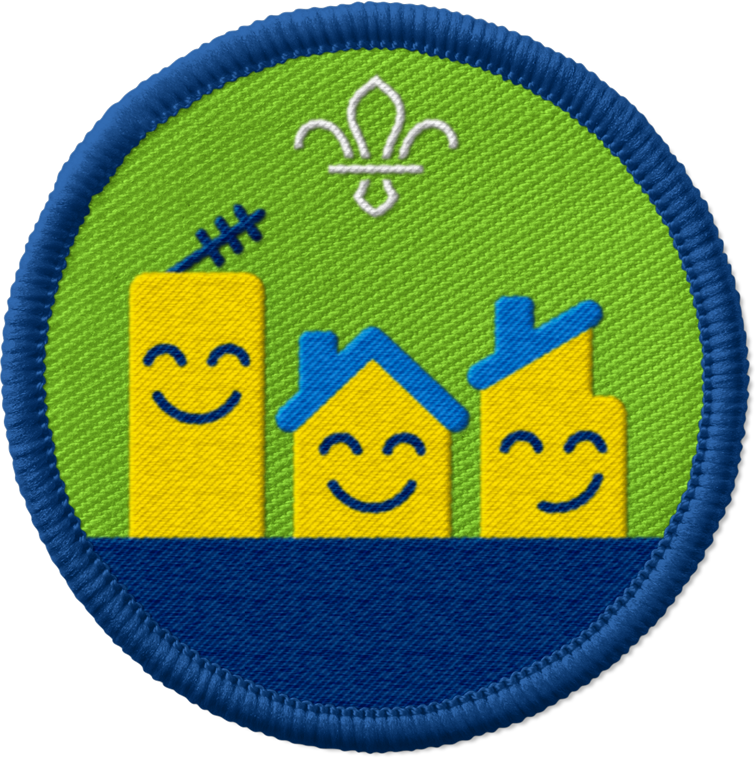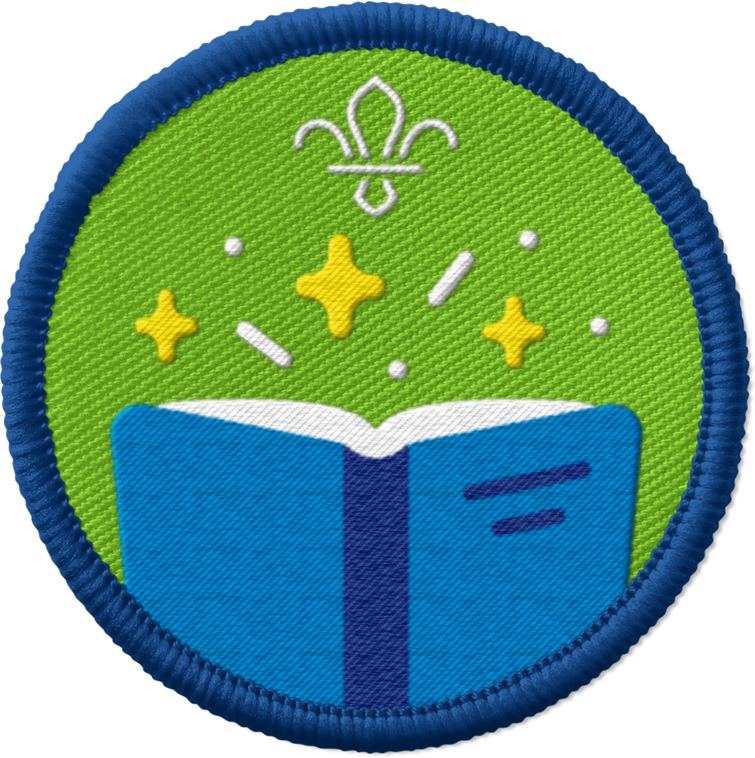
Sharing stories
You’ll need
- A4 paper
- Pens or pencils
- Coloured pens or pencils
Before you begin
- Use the safety checklist to help you plan and risk assess your activity. Additional help to carry out your risk assessment, including examples can be found here. Don’t forget to make sure all young people and adults involved in the activity know how to take part safely.
- Make sure you’ll have enough adult helpers. You may need some parents and carers to help if you’re short on helpers.
Taking action
- This activity is designed to run after you’ve taken some action as part of a community project.
- Everyone should think about what the group has done to understand disability and being kind to other people. If people have taken actions since your last meeting, or done anything at home or at school, they could share some ideas.
- If you have resources people made, or photos and videos of them taking action, you consider sharing them with everyone to use, depending on the permissions in place.
- Everyone should talk about what it was like to take action and why it was important.
- Someone should make some notes about the things the groups talk about, or some important words or ideas that you can look at again later.
Create your story
- Explain that everyone will be making some simple stories to show the different actions everyone took to understand disability and be kind to others.
- Everyone should take a piece of paper.
- With the long sides at the top and bottom, draw one horizontal and one vertical line through the middle of the paper to split it into four boxes.
- Everyone should think about all the different things they’ve done to help include other people, or to show them kindness. It could be something they did individually, as a group, or even something they haven’t done yet, but that would be nice to do in future.
- Everyone should fill the boxes with writing or drawings to show what they’ve been doing to understand disability, or ideas of things that they could do in the future. Use the ideas or words discussed in the first part of the activity to give everyone some ideas of what they could write. We’ve also included some ideas below.
- Once everyone has finished, people should find a partner and share their ideas.
- Invite everyone to share one thing they’ve written or drawn with the whole group. Everyone should choose one thing that they’d like to try to do again at home over the next week.
- Ask a business to become disability-friendly or hold a quiet hour
- Explore our personal reactions and judgements towards situations and how more understanding, care and respect can go a long way.
- Learn more about the challenges disabled people face across the UK or in your local area.
- Arrange to visit a local disability service and get their perspective on what needs to change.
- Plan an inclusive and welcoming day to show your community that your group is open to everyone.
- Create a map of the disability-friendly spaces in your community and help others see what more needs to change.
- Write to your MP to shine a light on challenges disabled people face in your community.
- Ask a teacher or Scouts volunteer to help people learn about disabilities or famous disabled people.
Reflection
This activity was all about caring about other people and communicating ideas that are important. The activity explores how we can tell the world about some of the things we’ve done to understand disability and show kindness to others.
Taking action
- What actions did you take to understand disability?
- How did you do it? How did the actions make you feel?
- Did you learn anything new?
- How did your actions make a difference for someone else?
Create your story
- Was it easy to think of what to draw?
- Did you enjoy drawing pictures and writing words to share your ideas?
- How did it feel making something to share with others?
Safety
All activities must be safely managed. You must complete a thorough risk assessment and take appropriate steps to reduce risk. Use the safety checklist to help you plan and risk assess your activity. Always get approval for the activity, and have suitable supervision and an InTouch process.
Change the number of boxes to fill in on the paper, or prepare the paper in advance. Everyone could draw a picture and make one big story together.
Prepare some shapes and words in advance that everyone can use to stick to their paper, instead of drawing everything themselves.
All Scout activities should be inclusive and accessible.
Are there other things your group could do to keep understanding more about disability?

